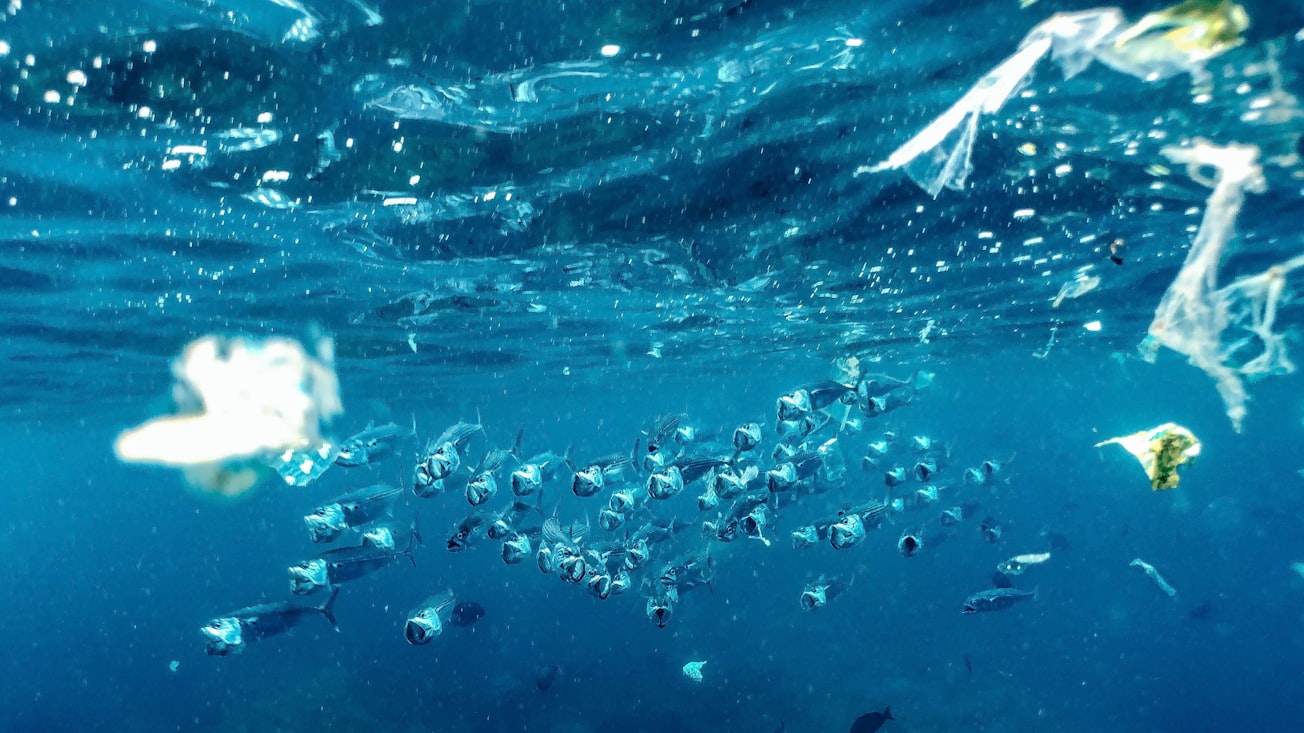What is it about?
How to study the behaviour of microplastics in turbulent flows? Microplastics are plastic fragments smaller than 5 mm originated from human activities, and have been found everywhere, also in the remotest places of the Earth. We designed an original facility to investigate the dynamics of real-size microplastics in environmental flows.
Featured Image

Photo by Naja Bertolt Jensen on Unsplash
Why is it important?
Measuring microplastics' position and velocity in water flows, such as oceans, rivers and lakes, is crucial to better understand their behaviour and develop physical models that describe their dispersion. To this aim, we designed the TU Wien Turbulent Water Channel, a 3000 litres volume and 10 m long flow loop designed for 3D and time-resolved measurements of anisotropic particles dynamics.
Perspectives
This work will allow accurate measurements of the dynamics of real-size microplastics in turbulent flows. Would you like to perform experiments in the TU Wien Turbulent Water Channel? Contact us!
PhD Marco De Paoli
Universiteit Twente
Read the Original
This page is a summary of: The TU Wien Turbulent Water Channel: Flow control loop and three-dimensional reconstruction of anisotropic particle dynamics, Review of Scientific Instruments, September 2023, American Institute of Physics,
DOI: 10.1063/5.0157490.
You can read the full text:
Contributors
The following have contributed to this page










